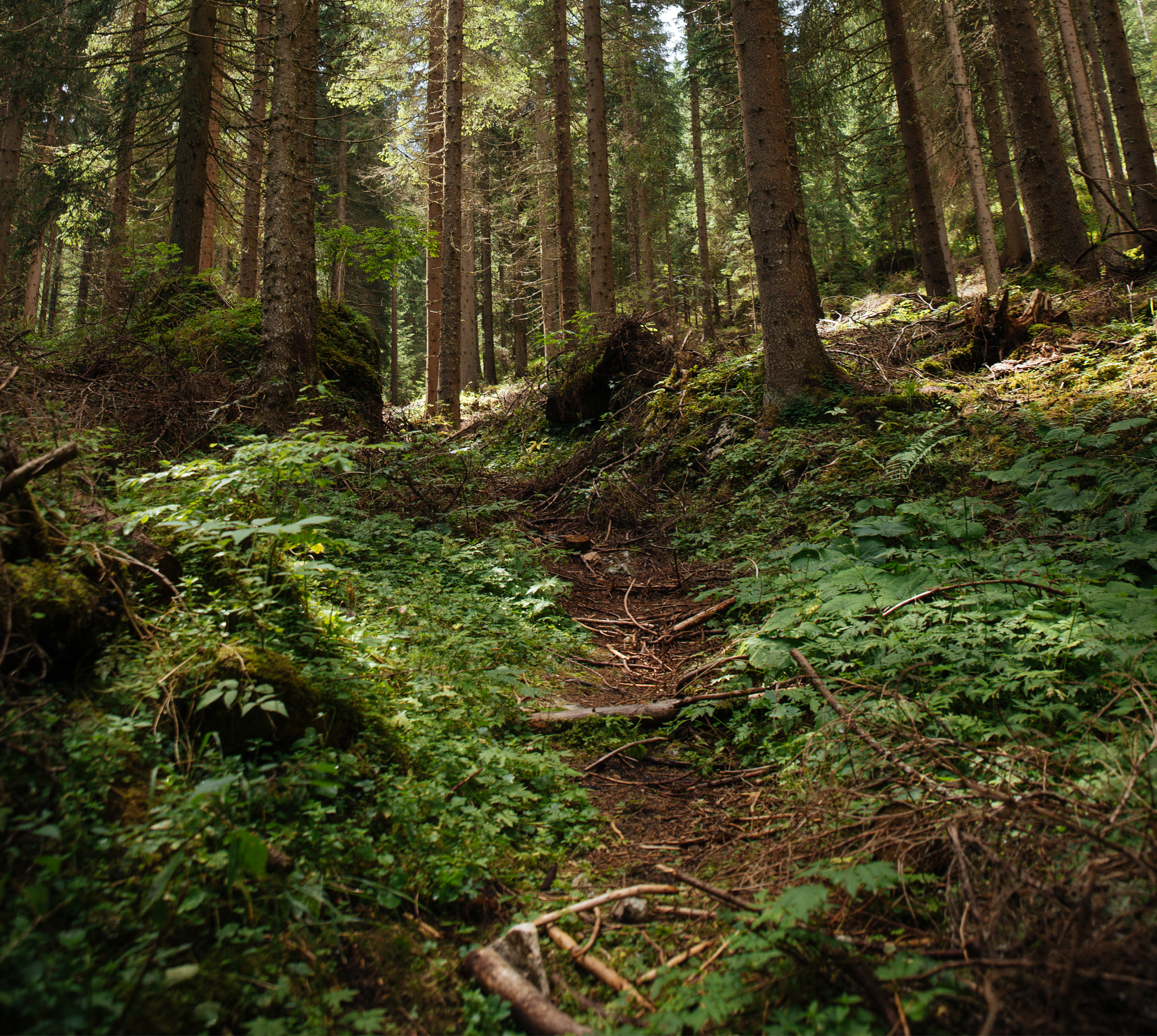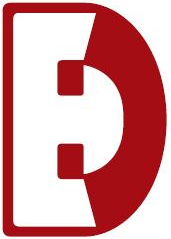
FORFIRE
Type of project
International
Project status
Finished
Implementation period
-
Contract number
Source of funding
Financing amount
Beneficiary
Coordinator / leading department
Project supervisor
Project description
ForFire is a project funded under 7th Framework Programme for Research and Technological Development, within specific programme SP4 – Capacities, in area of research for the benefit of SMEs.
Project goals
Develop and validate a reliable, cheap and accurate system for outdoors early fire detection, especially in forest environments. This system will integrate VUV cameras, which will provide a very reliable and competitive cost of the final system. Each VUV sensitive camera will cost no more than 2,000 Euros, which will mean a 92% less than existing solutions (i.e. IR based and visible cameras or even laser based systems).
Characteristics of the project
FORFIRE will develop an outdoors fire detection system by using an innovative solar blind camera only sensible to VUV part of the spectrum. The new camera will be based on the technology of photosensitive gas ionizing and solid-state detectors with or without appropriated filters.
Developing this new sensor together with a very effective algorithm for pattern recognition will provide the fire detection system capability of early fire detection with a very low rate of false alarm (0.1%) and accurate localisation, considerably enhancing current state-of-the-art.
This will be achieved by focusing on the Vacuum Ultra Violet (VUV) area of the electromagnetic spectrum (at wavelengths between 140 to 240 nm). The advantage of this approach is that on Earth, only fire flames emit in this spectral range, avoiding potential cross interferences from other wave sources (included the sun).
FORFIRE will be integrated by a network of remotely deployed detection units constituted by two kinds of imaging sensors: regular CCD cameras and VUV cameras (sensible to the Vacuum UV radiation emitted by the flames). These will be mounted on a pan-and-tilt unit (PTU), which will scan the landscape from the top of an observation tower (although it will be possible to mount FORFIRE also on the braced poles of mobile phone providers, high buildings surveillance planes or other suitable locations).
Both the CCD and the VUV cameras will take pictures of the scene when a fire is detected. These images will be transmitted via standard communications (optical fiber or coaxial cable) to a computing unit also located in the tower, which will analyze the VUV image in order to detect fire patterns. In case of positive fire signal, an alarm will be remotely triggered to the control center. The images taken and related data (time, position) will also be reported to the control centers via standard communication protocols. There, they will be processed and merged in order to obtain a landscape picture where the accurate localization of the forest is marked. Therefore, the operators will get all the information needed to make fire management decisions.
The VUV camera will be recording all time with low power consumption. The image provided will be properly analysed in-situ by the fire pattern recognition algorithm. When a fire happens, the image provided by the VUV camera will register the presence of a fire spot and the algorithm will activate the logic needed sending a signal that will trigger an alarm in the control centre. At the same time the CCD camera is recording the identical view but in the visible spectrum, allowing thus the control centres for an accurate geographical location of the spot emanating intense VUV radiation, by combining the images of the CCD and the VUV cameras. Both images, the VUV one and the visible one, will be compressed and send via interface communication to the control centre, where another algorithm will merge both images (VUV + visible) providing an unique image of the landscape where the detected fire spot is located.
Scope of IBL participation
Department of Forest Fire Protection participates in following workpackages:
- WP 1. Increase knowledge in fire pattern recognition for ultraviolet imaging
- WP 2. Performance evaluation of the FORFIRE laboratory base technology against an outdoor fire
- WP 7. Evaluation of the final industrial prototype
- WP 8. Dissemination and exploitation activities
- WP 9. Project & Consortium management
Project contractors
Samodzielna Pracownia Ochrony Przeciwpożarowej Lasu
ul. Braci Leśnej 3, Sękocin Stary, 05-090 Raszyn
tel. 22 7150 402
fax. 22 7150 422
dr inż. Józef Piwnicki
dr hab. Ryszard Szczygieł
mgr inż. Mirosław Kwiatkowski
Partners
| Role | Beneficiary Number | Beneficiary name and address | Beneficiary short name | Country |
| CR | 1. | Irish Precision Optics | IPO | Ireland , Cork |
| CO | 2. | HERON Technologies | HERON | France , Orleans |
| CO | 3. | OPTOELECTRONICA | OPTOEL | Rumania , Magurelle |
| CO | 4. | PINDIATEC, S.L.
Poligono de Trascueto, CEMCAM |
PINDIATEC | Spain , Revilla de Camargo |
| CO | 5. | Forest Research Institute | FRI | Poland , Sekocin Stary |
| CO | 6. | COMMISSARIAT A L’ ENERGIE ATOMIQUE | CEA | France, Paris |
| CO | 7. | Instituto de Tecnologías Avanzadas | ITAV | Spain , Logroño, |
| CO | 8. | UNIVERSITY OF ATHENS | UOA | Greece , Athina |
Keywords
- system wczesnego wykrywania
- wykrywanie
- lokalizowanie
- lokalizacja 7. Programu Ramowego
- badania
- program szczegółowy SP4
- kamery VUV
- VUV
- early detection system
- locating
- location 7th Framework Program
- research
- SP4 specific program
- VUV cameras
- fires
- las
- pożar
- pożary
- detection
- fire
- forest
- forests
- piwnicki
- lasy
- Laboratory of Forest Fire Protection
- laboratorium ochrony przeciwpożarowej lasu
- kwiatkowski
- szczygieł
- rozwój technologiczny
- technological development















